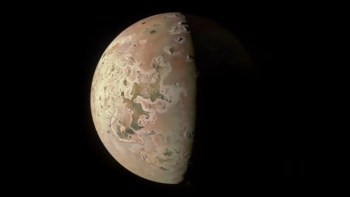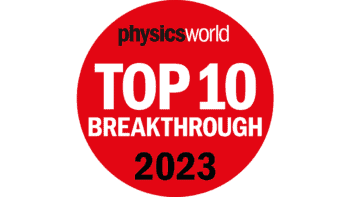Molecular Gastronomy at Home: Taking Culinary Physics Out of the Lab and Into Your Kitchen
Jozef Youssef
2016 Firefly Books £22.64/$29.95hb 240pp

With its penchant for using centrifuges, water baths and other laboratory tools to whip up novel tastes and textures, modernist cuisine – also known as “molecular gastronomy” – has a reputation for complexity. In his book Molecular Gastronomy at Home, chef Jozef Youssef aims to change that. Using simple, step-by-step guides, Youssef – an alumnus of Heston Blumenthal’s modernist restaurant the Fat Duck – shows adventurous home cooks how to take “culinary physics out of the lab and into your kitchen” by whipping up mousses, infusions and other exciting creations with a (comparatively) limited array of specialist cooking utensils and ingredients.
The book’s focus on techniques, rather than recipes per se, emphasizes the experimental nature of this type of cooking, and readers are strongly encouraged to play around until they get it right. Indeed, in the book’s introduction, Youssef rather charmingly admits that even he “took quite a few attempts to get the results [he] wanted” when trying his hand at a technique called reverse spherification. This technique – the first of 15 to feature in the book – involves adding calcium lactate to a flavoured liquid and then carefully pipetting the resulting mixture into a bath of water and sodium alginate. Sodium alginate is used in the food industry as a gelling agent, and one outcome of this gastro-chemical reaction (performed with yoghurt as the flavouring base) is shown in the photo top left.
For a complete explanation of how this reaction proceeds (and why reverse spherification is so much trickier than basic spherification, in which a flavour + sodium alginate mixture is dripped into a calcium lactate bath) you’ll need to look elsewhere. However, a few chapters towards the end of the book do go into somewhat more detail on the scientific side, and the overall effect is more than enough to whet your appetite – in more ways than one.
- Enjoy the rest of the August 2016 issue of Physics World in our digital magazine or via the Physics World app for any iOS or Android smartphone or tablet. Membership of the Institute of Physics required



